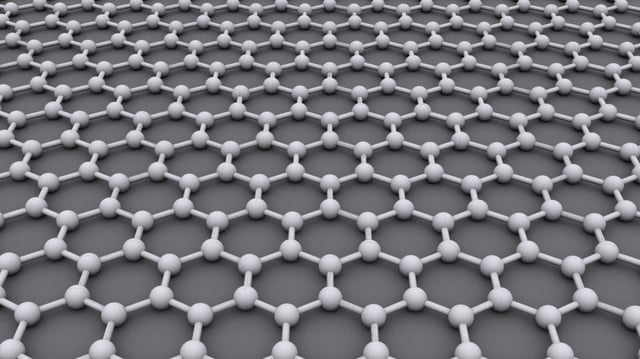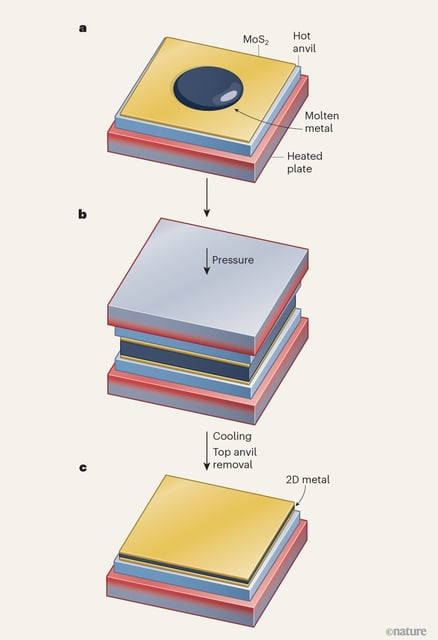Overview
- Researchers from the Chinese Academy of Sciences have introduced a new manufacturing technique called van der Waals (vdW) squeezing to produce 2D metals at atomic-scale thickness.
- The process involves melting metals and compressing them between rigid, atomically flat MoS2 monolayer anvils, achieving thicknesses as small as two to three atoms.
- This method successfully produced ultrathin sheets of metals such as bismuth, tin, lead, indium, and gallium, all stabilized against environmental degradation by encapsulation.
- The technique allows precise control over the metal layer's thickness and reveals unique layer-dependent properties, including enhanced electrical conductivity and new quantum behaviors.
- Experts highlight the potential applications of this breakthrough in developing advanced quantum, photonic, and electronic devices, with significant room for further research and innovation.



